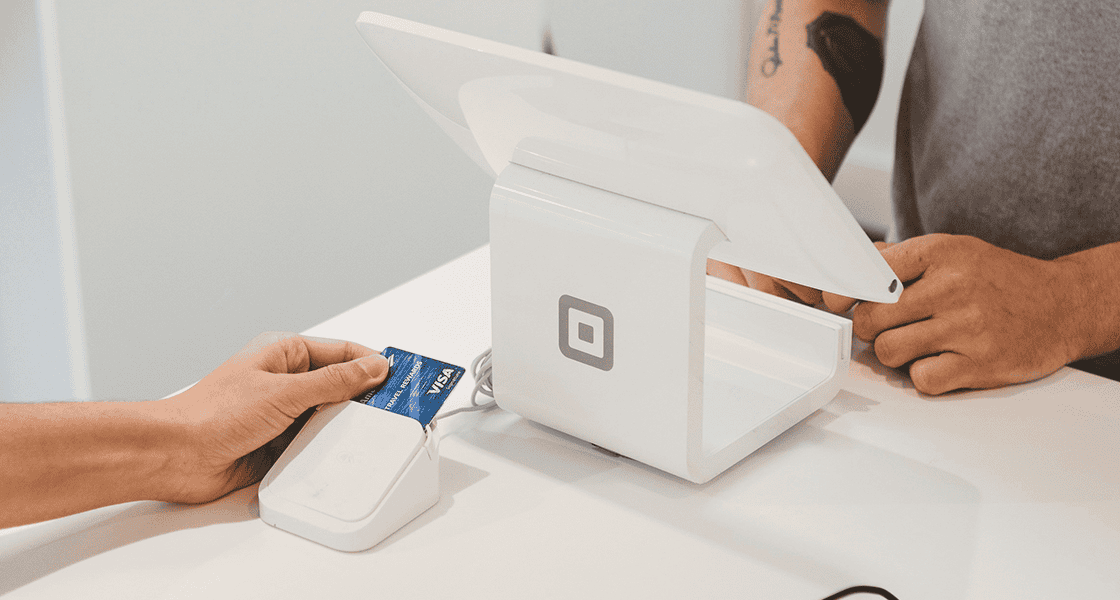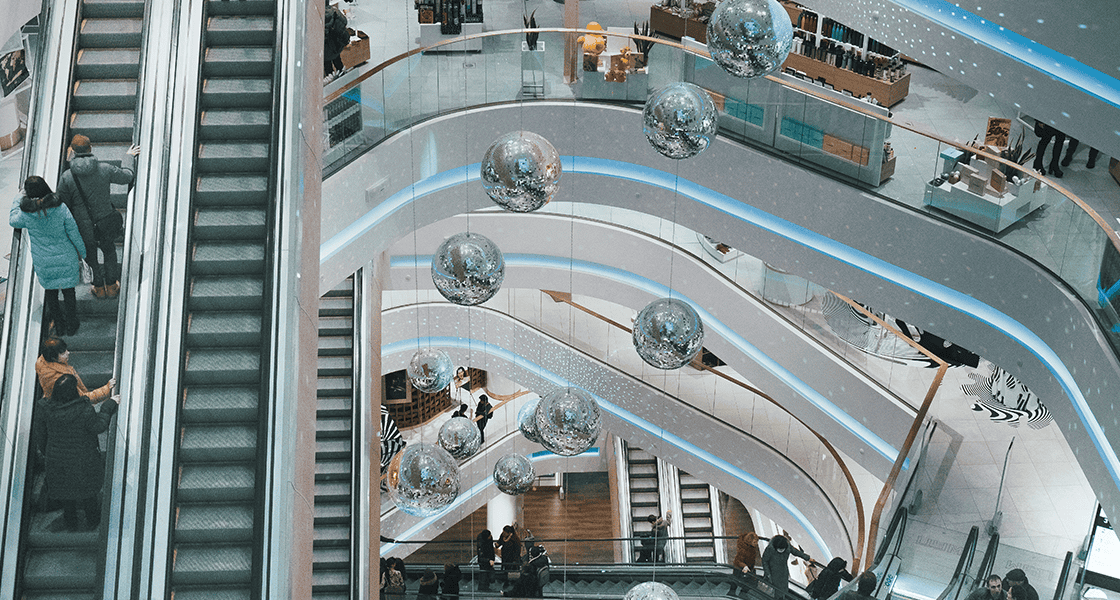Retail & Distribution
Success in a Me2Be customer-centric world
13 June 2019
Fast forward to 2016 and the retail world has evolved beyond recognition. Consumers have more choice and more power than ever before. Online ordering, instant price comparison, browsing on the move and same day delivery are now a normal part of shopping, and make it easy to see why consumers are frequently demanding and expecting more and more.
Retail has evolved into a customer-centric world where loyalty is fickle, convenience is crucial and competition between retailers is stratospheric, and this is largely to the desire of the consumer to feel special, valued and important to each retailer, regardless of how much or how often they spend. Meeting this need is critical for survival, and the key to doing so is to ramp up the personalization. We explore personalization in retail below.
The new wave of personalization in retail
There is no getting away from the fact that loyalty programs are still one of the easiest ways to get hold of the goldmine that could be customer data, and in the quest for the best deals and biggest offers, an increasing number of shoppers are signing up for them. In fact, 69% of consumers say that rewards make them more likely to shop with a particular brand*. This isn’t lost on most retailers, with nearly 75% of them offering some form of loyalty program and two-thirds of them saying that their loyalty program is the best way to connect with their customers*.
However, despite the rise in sign-ups to reward or loyalty cards, plenty of consumers still fail to engage with these brands on a regular basis and as many as two-thirds of the rewards a typical person signs up to are left unused. Why? It comes down to a disconnect between the point of sign up and engagement with the customer. When you consider that only 46% of retailers say that loyalty programs are the best sales drivers*, there is clearly a lot of room for improvement.
So what is causing this disconnect? The answer is all in the data. Where once a retailer could be satisfied with basic customer profiles (think age, sex, location, status), the change in the WWH (when/where/how) of how consumers shop means that rudimentary data no longer cuts the mustard. Combine the presence of multiple sales channels, such as online, instore and social media, with the unpredictable preferences and behaviors of a highly demanding pool of shoppers, and suddenly retailers are faced with a lot more sources of customer information.
Personalized personalization
Just to make matters more complicated, not all shoppers want the same level of retail personalization and retailers will have to personalize the level of personalization they offer depending on a number of defining factors. Take for example – age. Millennials and Boomers have very different opinions of receiving personalized shopping recommendations. Whereas Millennials are quite open and receptive to suggestion, Boomers tend to believe they have enough experience to make informed shopping decisions themselves, and prefer to stick to trusted brands. Boomers are also more likely to be reluctant to share much personal information as there is greater fear of identity theft. As such, retailers need to find a very delicate balance, obtaining enough information to be able to offer a personalized shopping experience, but not so much that it makes their customers uneasy. Thankfully, there are some steps that retailers can take to help alleviate any concerns about data security. These include:
- Reassuring their customers that their data is safe, by explaining what security processes and protocols are in place.
- Explaining to consumers exactly how their data will be used (for example, rewards, offers, email, phone, text).
- Giving power to the customer over how you use their information and what communication they receive, for example by offering an opt-in service for texts.
The power of combined data
So as we know, data really is at the root of all personalization strategy. However, with so much data from so many different data streams – including customer relationship management, inventory systems and loyalty programs – one of the biggest challenges retailers face is collecting it all and combining it into one user-friendly resource. In the past, valuable business information has been pooled into different areas, making it virtually impossible to utilize it with enough speed to create an enhanced shopping experience based on personalization. However, technology has provided the answer to this conundrum. Sophisticated cloud-based Business Intelligence (BI) and Clienteling solutions offer the flexibility and speed needed to match the fast pace of the industry, so that every retailer is capable of delivering a truly personalized shopping experience.
BI and Clienteling solutions collate customer information collected across multiple data streams, so that retailers can better understand their customer’s complete shopping journey from start to finish. Even better, every element is stored in the cloud, meaning that it is accessible anytime, anywhere. Whether it is looking up a customer’s preferred delivery address, sending special offers based upon order history, or wishing a happy birthday at the point of sale, these solutions offer centralized, real time data that means the sky is the limit when it comes to personalization. This will allow businesses to capitalize on as many points of engagement as possible, driving sales, boosting loyalty and supporting the creation of a true omnichannel retail experience for the increasingly demanding generations of Me2Be consumers.


